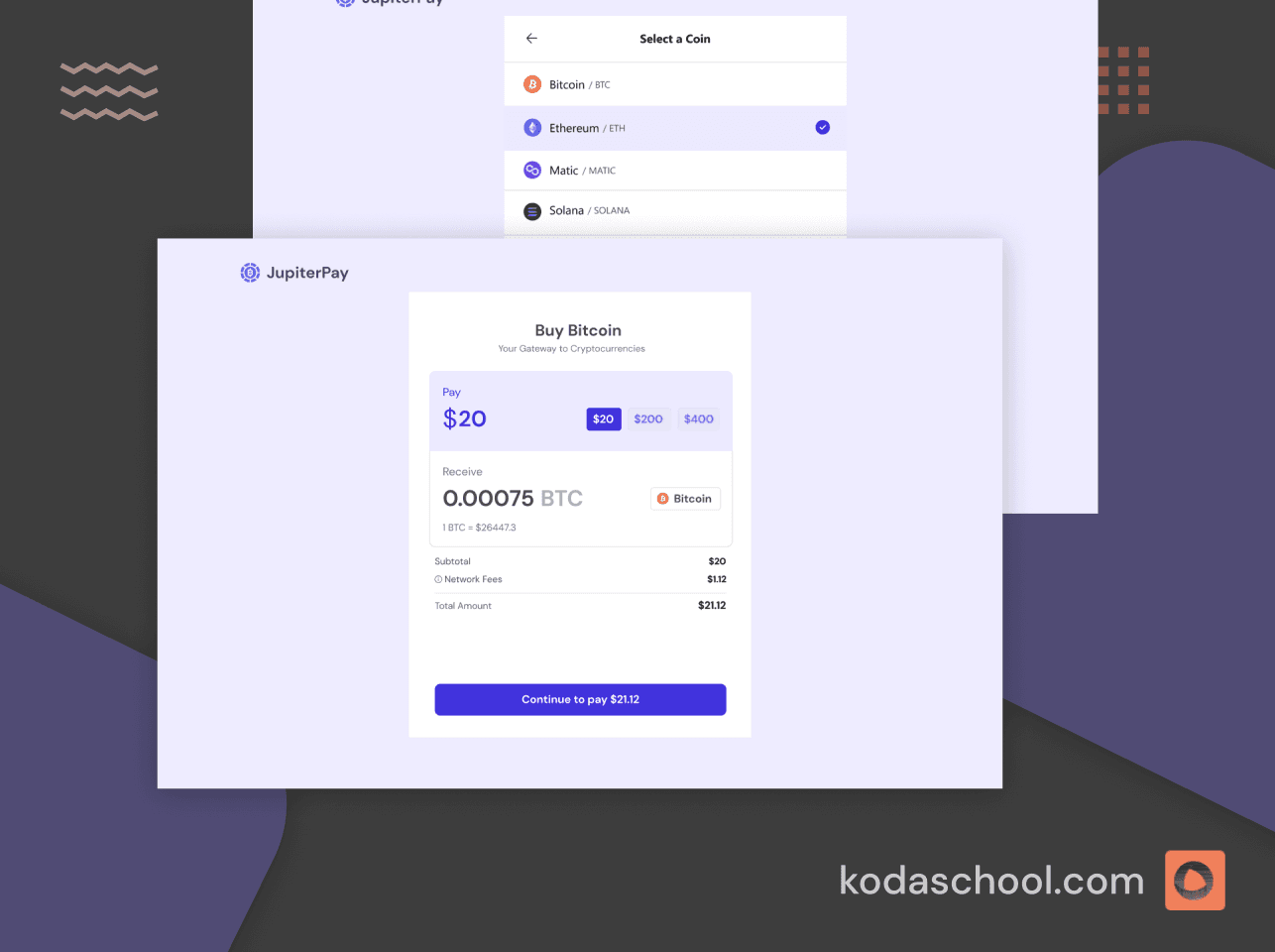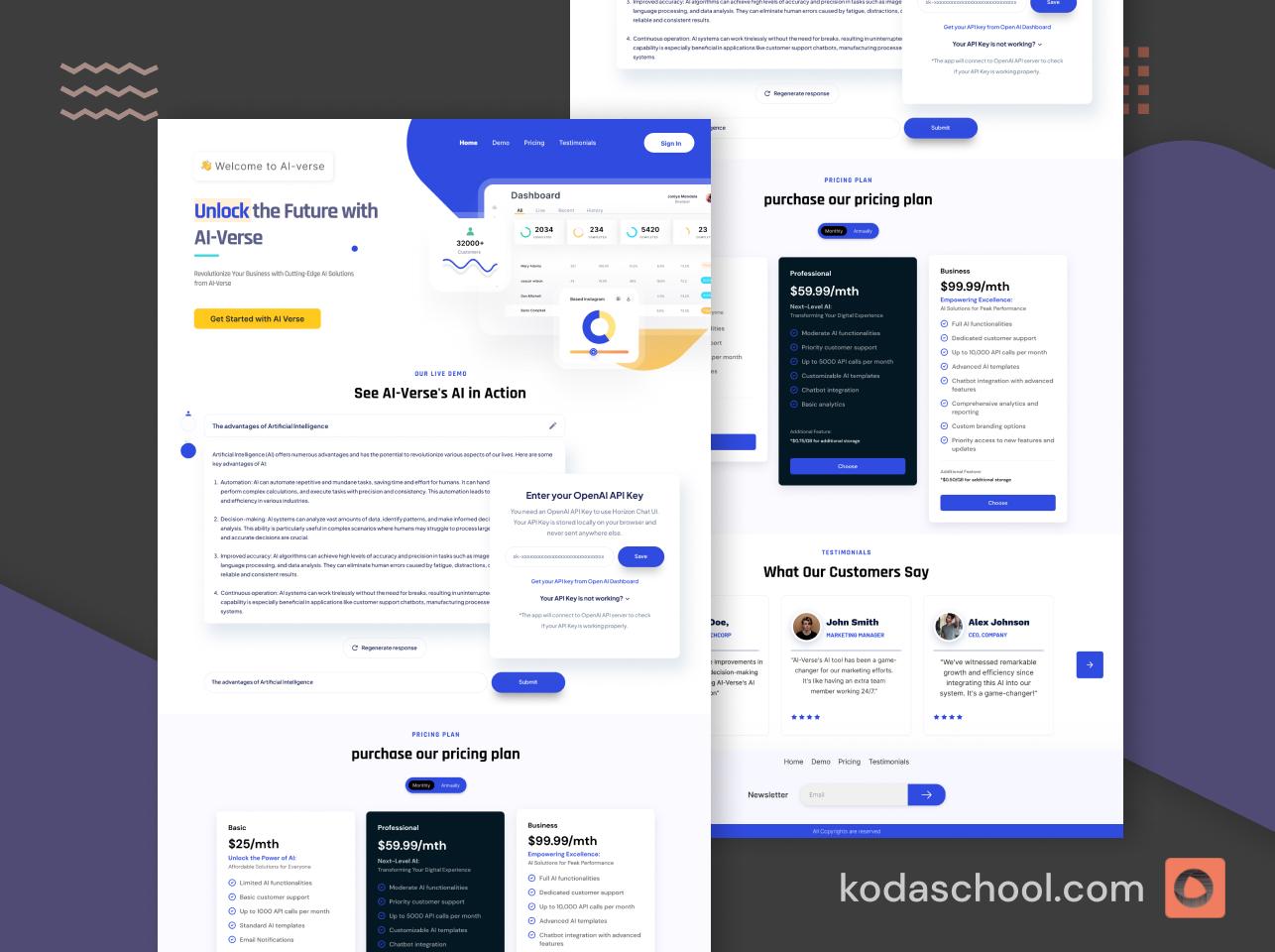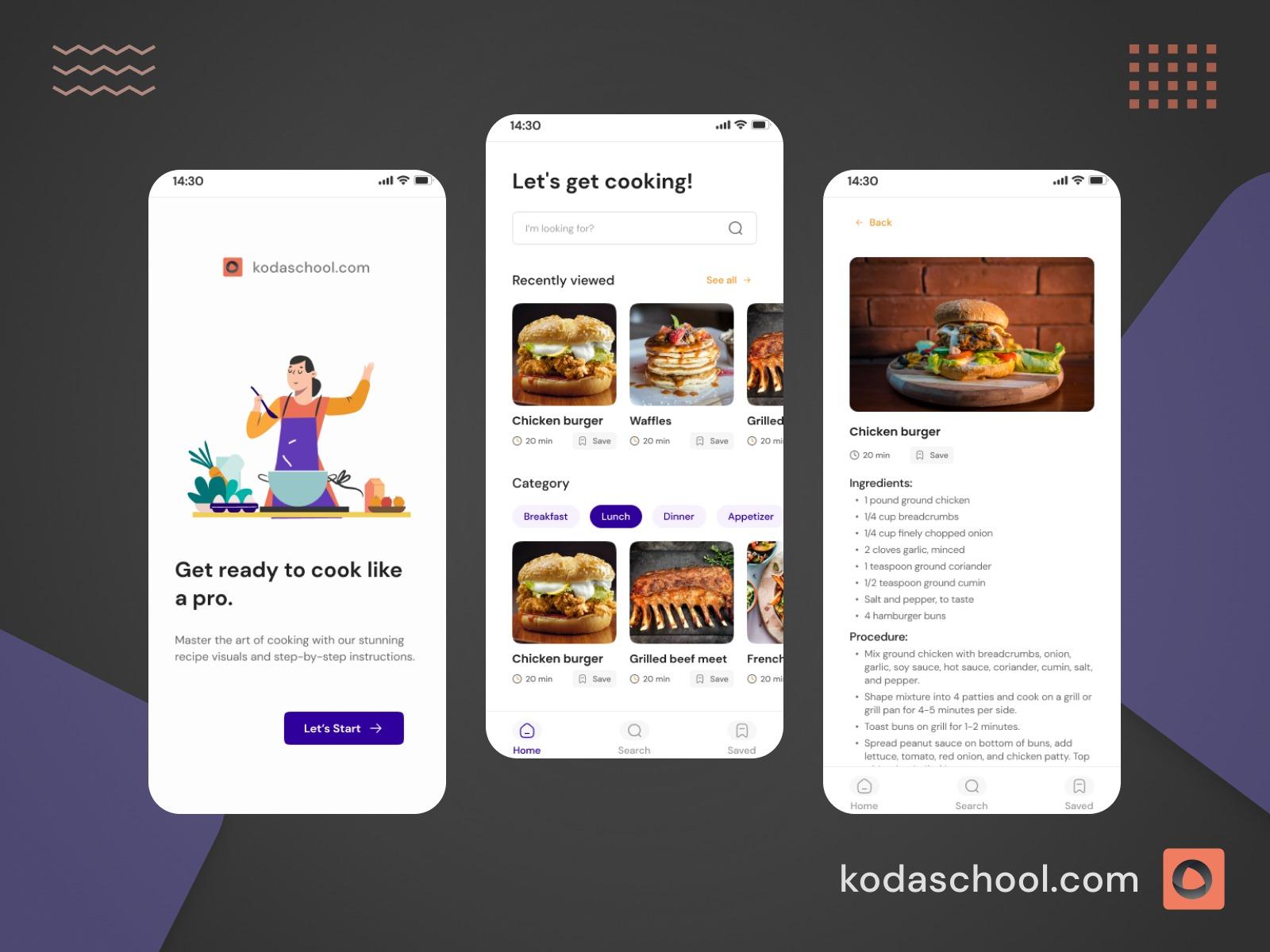Introduction to AWS VPCs for AWS Solutions Architect Associate Exam
A VPC is a logically isolated section of the AWS cloud where you can launch AWS resources in a virtual network. VPCs are essential for setting up secure, isolated environments in AWS.
When learning cloud computing, I realised that it's vital to master networking concepts. This is where Virtual Private Clouds (VPCs) come into play. In this article, we will delve into the concept of VPCs, their importance in AWS, and how they fit into the AWS Certified Solutions Architect Associate (SAA) exam. Whether you are new to AWS or preparing for the certification, understanding VPCs is fundamental.
Definition of VPC (Virtual Private Cloud)
A Virtual Private Cloud (VPC) is a logically isolated section of the AWS cloud where you can launch AWS resources in a virtual network that you define. It provides you with full control over your virtual networking environment, including selection of your own IP address range, creation of subnets, and configuration of route tables and network gateways.
1. VPC Overview
A VPC allows you to define a virtual network that closely resembles a traditional network operated in your own data center. It provides a way to control the inbound and outbound traffic to and from your AWS resources. VPCs enable you to create a more secure environment by isolating your resources and controlling network access.

Benefits of Using VPC
- Isolation and Security: VPCs provide logical isolation, ensuring your resources are protected from unauthorized access.
- Customization: You can configure your VPC to meet specific business needs, including custom IP address ranges and subnets.
- Scalability: Easily scalable as your network needs grow, supporting a wide range of configurations and use cases.
- Integration: Seamless integration with other AWS services and on-premises networks through VPN connections.
Use Cases for VPC
- Hosting Web Applications: Securely host web applications with public and private subnets.
- Data Center Extension: Extend your on-premises data center to the cloud using a VPC.
- Secure Data Storage: Store sensitive data in isolated, secure environments.
2. CIDR (Classless Inter-Domain Routing)
CIDR is a method for allocating IP addresses and routing IP packets. Instead of the old class-based system, CIDR uses a flexible prefix length to define subnets, allowing for efficient IP address allocation.
CIDR blocks define the IP address range for your VPC. Proper planning of CIDR blocks ensures efficient use of IP addresses and prevents conflicts with other networks.
How to Choose a CIDR Block for Your VPC
- Determine the Size: Assess the number of IP addresses needed.
- Avoid Overlaps: Ensure the CIDR block does not overlap with other networks, especially if integrating with on-premises data centers.
- Plan for Growth: Choose a CIDR block that allows for future expansion of your network.
Try Kodaschool for free
Click below to sign up and get access to free web, android and iOs challenges.
3. Public vs. Private IPs
Definition and Differences Between Public and Private IPs
- Public IPs are globally unique and can be accessed over the internet. AWS assigns public IPs dynamically to instances in public subnets.
- Private IPs are used within a VPC and are not accessible over the internet. They are used for communication between instances within the same VPC.
Use Cases for Public and Private IPs
- Public IPs are ideal for resources that need to be accessible from the internet, such as web servers.
- Private IPs are more suitable for internal communication between application servers, databases, and other private services.
How to Assign Public and Private IPs in AWS
Public and private IPs can be assigned when launching an instance. In the AWS Management Console, you can specify whether an instance should have a public IP. For private IPs, they are automatically assigned within the specified subnet.
4. Subnets and Their Types
Definition of a Subnet A subnet is a range of IP addresses within your VPC. Subnets allow you to partition your VPC into smaller, more manageable segments.
Types of Subnets: Public, Private, and VPN-only Subnets
- Public Subnets: Contain resources that need to be accessible over the internet. They have a route to an Internet Gateway.
- Private Subnets: Contain resources that should not be directly accessible from the internet. They typically route traffic through a NAT device for internet access.
- VPN-only Subnets: Used for VPN connections, allowing communication between the VPC and on-premises networks.
How to Create and Configure Subnets in AWS
- Creating Subnets: Use the AWS Management Console to create subnets within your VPC. Specify the CIDR block for each subnet.
- Configuring Subnets: Associate route tables, configure network ACLs, and attach Internet Gateways or NAT Gateways as needed.
5. Route Tables
A route table contains a set of rules, called routes, that determine where network traffic is directed. Each subnet in your VPC must be associated with a route table.
Route tables control the routing of traffic within your VPC and to other networks. They ensure that traffic is properly directed to its destination, whether it's within the VPC or outside of it.
Creating and Associating Route Tables with Subnets
- Creating Route Tables: Use the AWS Management Console to create route tables.
- Associating Route Tables: Associate the route tables with specific subnets to control the routing of traffic within those subnets.
- Adding Routes: Add specific routes to route tables to define how traffic should be directed.
Understanding VPC with a Simple Analogy
Imagine you are organizing a large outdoor event in a public park. You need to create different areas for various activities while ensuring that each area is well-managed, secure, and functions smoothly without interference from the general public. This analogy really helped me understand how a VPC works:
- The Park (AWS Cloud):
- The entire park represents the AWS cloud, a vast space where numerous activities (resources) can take place.
- Your Event (Your VPC):
- Your event in the park represents your Virtual Private Cloud (VPC). Within this large public space, you've defined a specific area for your event, separate from other events and general park activities.
- Fencing the Area (Isolation and Security):
- To ensure your event is secure and isolated, you put up a fence around your area. This fence ensures that only authorized people can enter, similar to how a VPC isolates your resources from other users in the AWS cloud.
- Setting Up Different Sections (Subnets):
- Within your fenced area, you create different sections for various activities, like a stage for performances (public subnet) and a backstage area for staff (private subnet). Each section has a specific purpose and level of access control.
- Entrance Gates (Internet Gateway):
- You set up entrance gates to allow guests into the event area. These gates are like Internet Gateways in a VPC, which allow traffic from the internet to enter the public subnet.
- Security Guards (Security Groups and NACLs):
- You hire security guards to manage who gets in and out of each section. Security guards are like Security Groups and Network ACLs, which control traffic to and from your resources.
- Directional Signs (Route Tables):
- You place directional signs within the event to guide guests to different sections. These signs are akin to Route Tables in a VPC, which direct network traffic to the correct destinations.
- Private Access Areas (Private IPs and VPN):
- You have private areas only accessible to staff, similar to private IPs and VPN connections in a VPC that allow secure communication within the VPC and with your on-premises network.
Conclusion
In the next article, we will explore more advanced VPC components and configurations, delving deeper into the capabilities and best practices for creating robust VPC architectures. Stay tuned to continue your journey towards becoming an AWS solutions architect.











